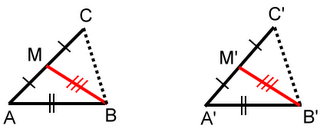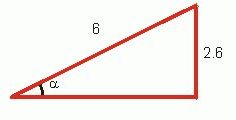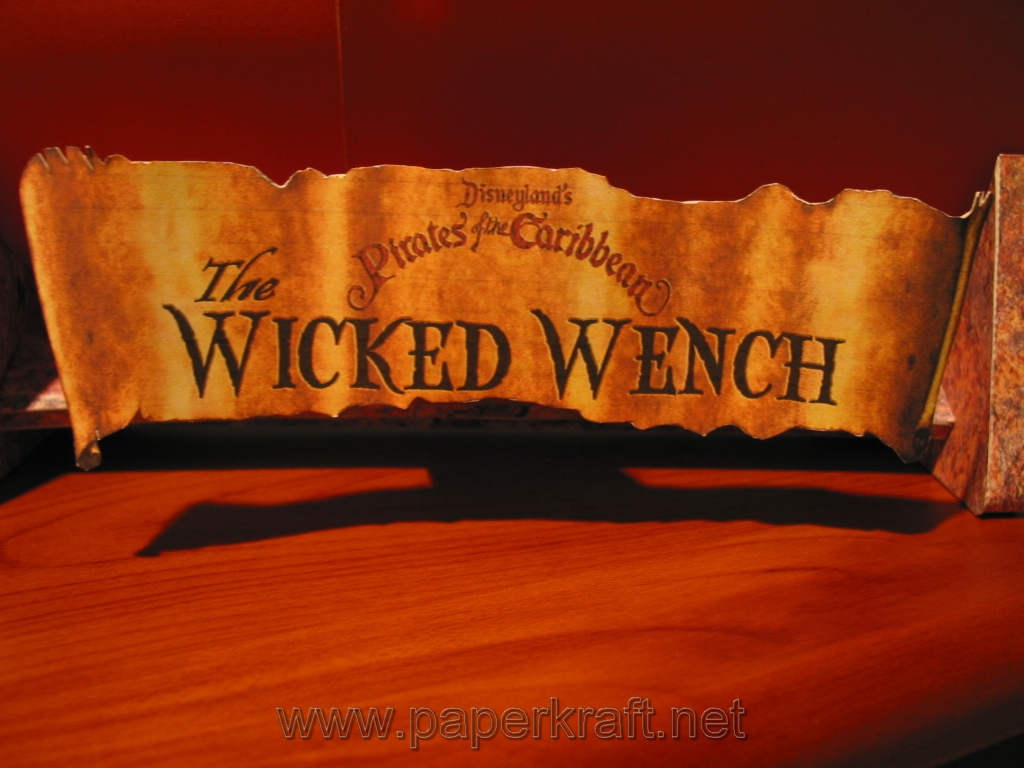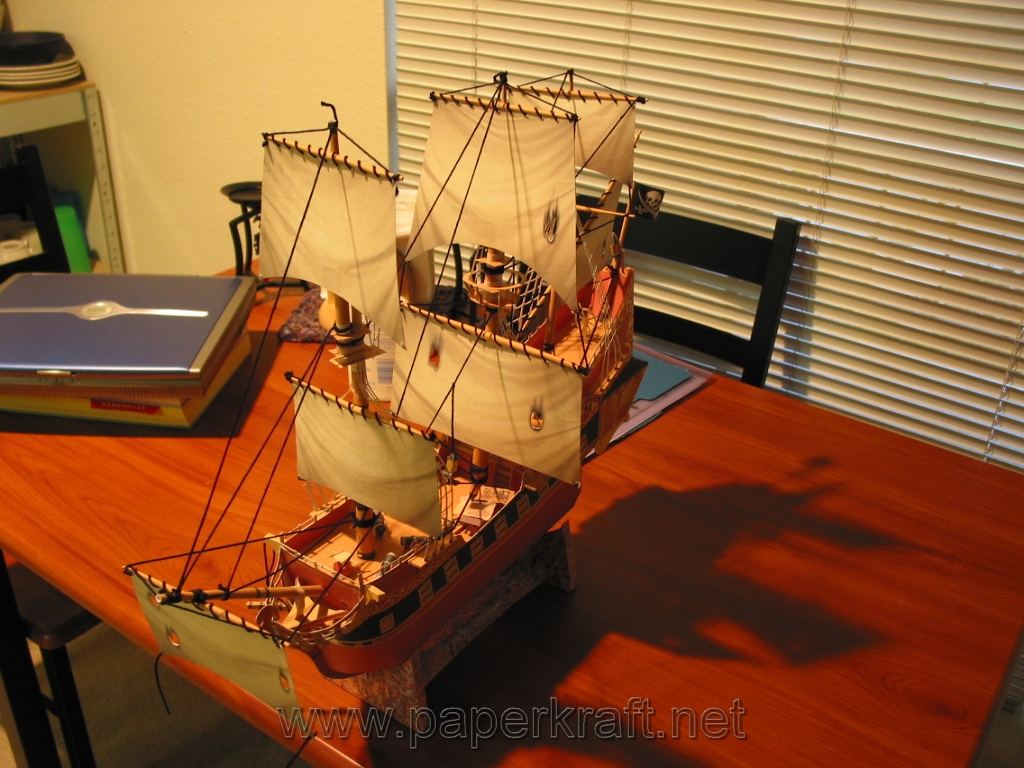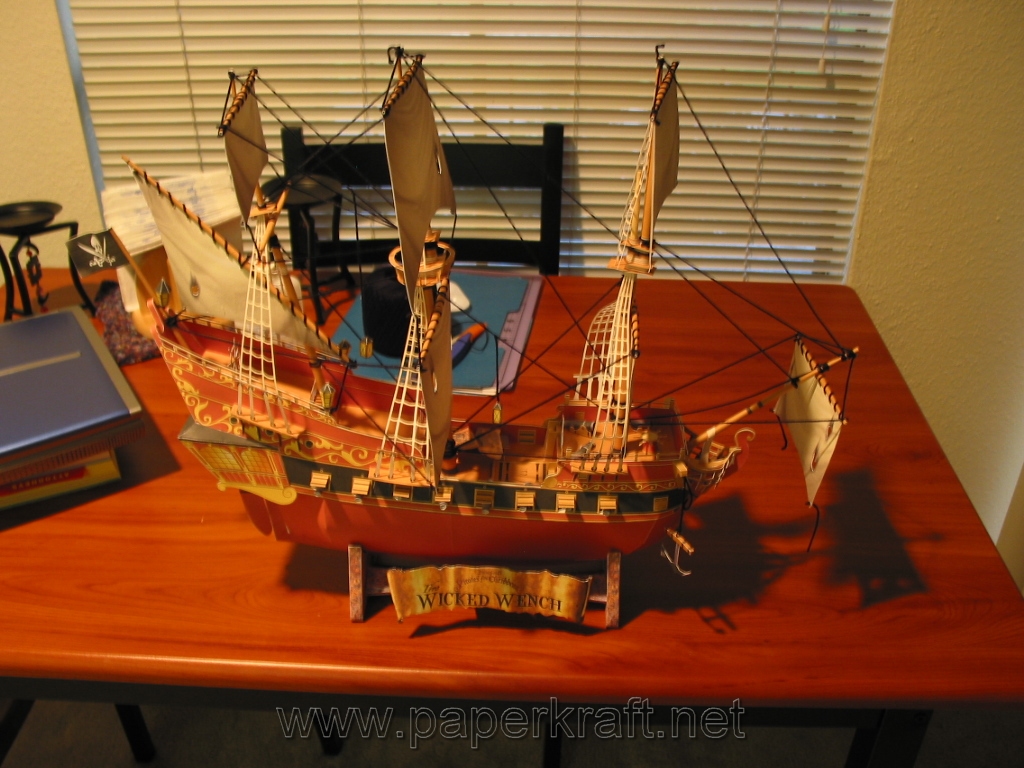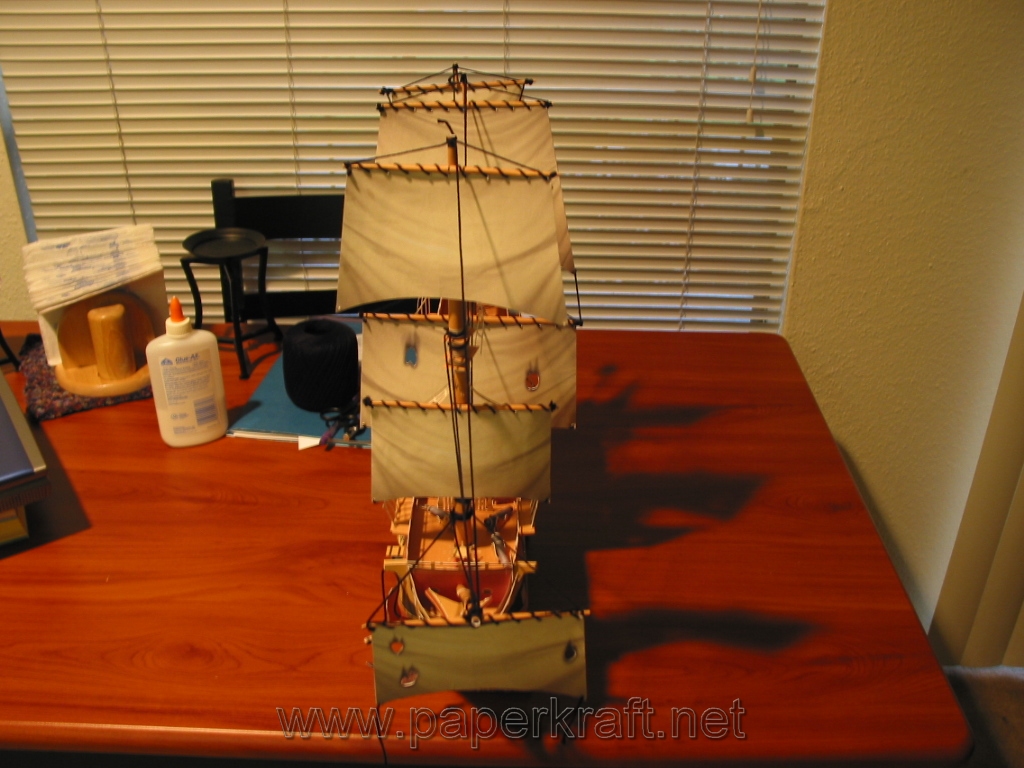This blogpost is inspired and especially written for Homeschooling Carnival, as they are having a galaxy theme.
Astronomy and mathematics have always been closely related. Astronomers have always been using the latest mathematical knowledge and theories. Many mathematicians in the past have also done research in astronomy.
All sciences strive to help us understand the world we live in, but astronomy does it on the largest possible scale.
I have always found astronomy fascinating, and so have multitudes of other people, too. But I just wonder if mathematicians might have even a little bit stronger fascination or interest in that direction; somehow those two just seem to fit together very well.
It is part of well-rounded education, I feel, to know some basics of history of astronomy. And it sure is very interesting too! What I've written below is just some thoughts on the subject of planetary orbits.
Greeks believed that planets go around the earth, in circular orbits. This view was held true all thru many centuries and Dark Ages till the 1500s, though the idea of sun-centered solar system had been proposed by various people.
Nicolaus Copernicus was one of the astronomers who after the Dark Ages was firmly of the opinion that the Earth goes around the sun. But, it was the German astronomer Johannes Kepler who really worked on the idea with Tycho's observational data.
After years of calculations, Kepler realized - and found it hard to believe himself - that the planets do NOT orbit in circular orbits, but in elliptical ones. This is called Kepler's first law.
The planetary orbits are quite close to circles though. In other words, the ellipses are not very 'eccentric', and that explains why astronomers before him were able to believe them to be circles.
Please see this web page,
Kepler's Laws of Planetary Motion, for an excellent explanation and diagrams about ellipses and planetary orbits. This topic is worth understanding, I feel.
Kepler also found that the planets don't travel around the sun at constant speed. Instead, they speed up when they are closest to the sun, and slow down when they are farthest from the sun. Kepler found a simple mathematical relationship that is called Kepler's second law: that a line between the planet and the Sun sweeps out equal areas in equal times.
I found a
neat applet illustrating this speeding and slowing on an elliptical orbit. Go check it out! You can change the eccentricity of the ellipse; the traditional planets in our solar system all have eccentricity less than 0.3.
And, Kepler also settled the question whether all planets travel at the same speed. No, not at all. The planets that are furthest from the sun travel slower than the planets closer to sun. This is expressed in Kepler's third law of planetary motion.
The story of planetary motion does not end with Kepler, though. Astronomers kept finding irregularities in the orbits of planets - and this led to the discoveries of new planets.
For example, Neptune was found in 1840s because the orbit of Uranus didn't fit the predictions. In late 1800s, scientists started speculating that Neptune's orbit, too, was perturbated by some other then unknown planet. Pluto was finally discovered in 1930.
And the discoveries have not stopped there. In recent years there have been thousands of new "things" discovered that orbit our sun - they are called "trans-Neptunian objects" or "Kuiper-belt objects" based on their location.
One of them is larger than Pluto and has been called
the tenth planet. Currently it only has the official number 2003 UB
313.
The International Astronomical Union (IAU) is scheduled to publish the definition of the term "planet" in early September 2006 and after that we will know whether 2003 UB
313 is going to be called the tenth planet or just a Kuiper-belt object.
And after that, the appropriate committee can go on deciding about its name.
At any rate, astronomical knowledge is currently expanding at an ever-increasing rate, it seems. It is one of the oldest sciences and still going strong!
See also:
Orbits and gravitation - a good article explaining the history of those topics.
